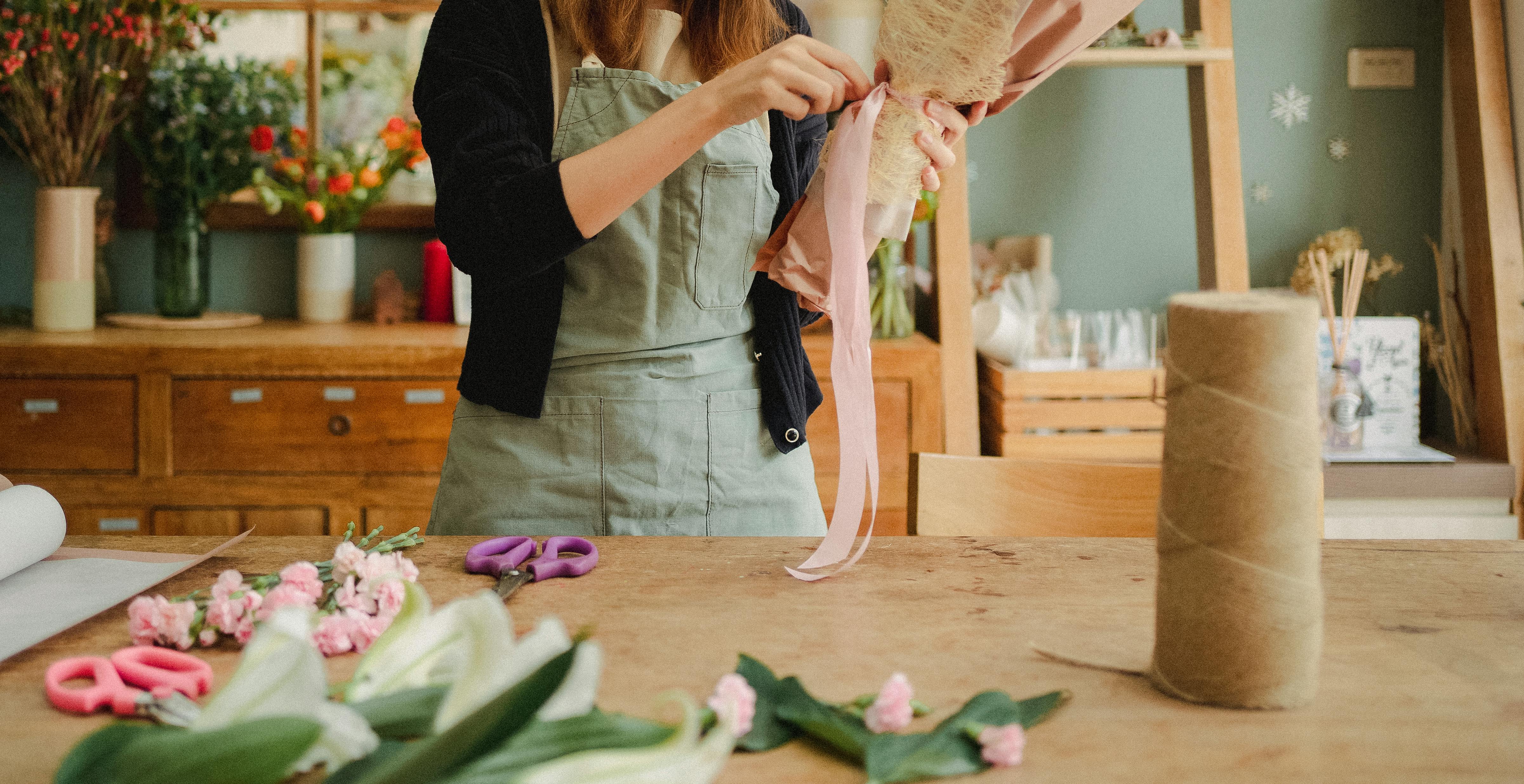Despite popular belief, the owners of Patio & Pizza Outdoor Furnishings weren’t always pizza oven experts. We started like everyone else with some (or maybe many) failed pizzas and many lessons learned. It was our passion for good food that drove us to improve our methods and, finally, to share our experience with the world in the form of our artisan ovens and delicious recipes. With that in mind, we thought we’d share some of our top tips to give you a head start when using your own wood-burning oven for the first time.
Here are 8 lessons we learned as we mastered cooking with a wood oven:
1. Make it hot
Light the fire in your wood-burning oven sooner than you think it’s necessary; It won’t damage anything and will ensure your pizza oven is hot enough when you’re ready to cook. Pizza ovens are designed to withstand extreme temperatures for extended periods, by virtue of how the pizza is cooked. Starting the fire early also means that you can reduce the fire to an ideal bed of red-hot embers that maintain a constant temperature and distribute their heat more evenly than an erratic flame.
2. Wood that pays off
Light the fire with small pieces of wood and use very dry wood; It will decrease the chances of a smoky fire coming out of the front of your oven when cooking. While a little smoke can be a welcome addition as it can impart unique flavors to foods, you don’t need to use “green” wood to achieve this effect. Generally speaking, the smoky flavor can be achieved with completely dry wood and a little TLC to ensure that a small flare remains within the embers. You can also try experimenting with different types of wood, such as cherry, to test how different flavors of smoke can interact with your recipes.
3. Keeping it crisp
Make sure the oven floor is at the proper temperature before adding your pizza using an infrared thermometer. Aim for at least 750 degrees Fahrenheit. Anything less than this will mean that the dough will maintain its soft, sometimes sticky consistency for a while before it starts to brown, making it difficult to rotate the pizza in the oven and increasing the cooking time. Rather, be sure to factor in the impact of a higher temperature on the time it takes to bake your pizza to avoid a burnt mess.
4. Ashes to ashes
When things burn, they leave memories behind. It is important to use a good, clean brush to sweep any leftover ashes off the floor of your pizza oven before adding anything to cook with; Not only does this prevent ash from sticking to your freshly baked slices, it also extends the longevity of your oven by preventing build-up and potentially damaging the interior of your oven. Every now and then, thoroughly clean your oven to pick up anything that was lost during the pre-bake sweeps.
5. Flour is power
Use lots of flour in your pizza peel to make it easier to slide the pizza dough out of the peel when putting your cake in the oven. The flour reduces the friction of the sticky dough in its shell, which is necessary to cleanly move a cake into the oven; otherwise, the quick movement of removing the peel from under the pizza could carry some dough, or worse, take the pizza out of the oven and put it on the ground.
6. We all start somewhere
Use a large spatula to help slide the pizza off the peel when you start. Practice makes perfect when learning how to use a pizza peel, and it’s better to rely on extra moving force during the first few attempts at baking than dealing with pizza on the floor or upside down in the oven. When placing your pizza in the oven, simply slide the spatula just under the side of the pizza that is in front of you and on top of the peel, and then with a small forward motion with the hand holding the peel, gently push the pizza out of the shell and into the oven.
7. Less can be more
Try making small pizzas! It gives your friends and family the opportunity to make their own with your choice of sauces, cheeses, dressings, and more. You can have an entire pizza party event where everyone can make their own personal pizza, and it gives you some relief when planning for guests who have dietary restrictions. Aim for pizzas that are about 8 inches in diameter, which is usually enough for one person to enjoy (and they can always eat another in 90 seconds!).
8. Experiment, experiment, experiment!
A well-made pizza oven will last a lifetime. There is no reason to limit yourself to the same recipes that you have made over and over again. In fact, there is no reason to limit yourself to pizza! On the Patio & Pizza Recipe blog, you will find countless recipes for different styles of pizza, desserts, barbecue dishes, and more. You’ll find that you can make pizza with just about anything in your pantry or refrigerator, and even if one didn’t turn out as planned, the lessons you learn will make you a better pizza cook and a better chef overall. for life.
To stay up to date on how we use our ovens, be sure to subscribe to the Patio & Pizza email list where we share recipes, ideas, tips and tricks, and more. And as always, happy cooking!
